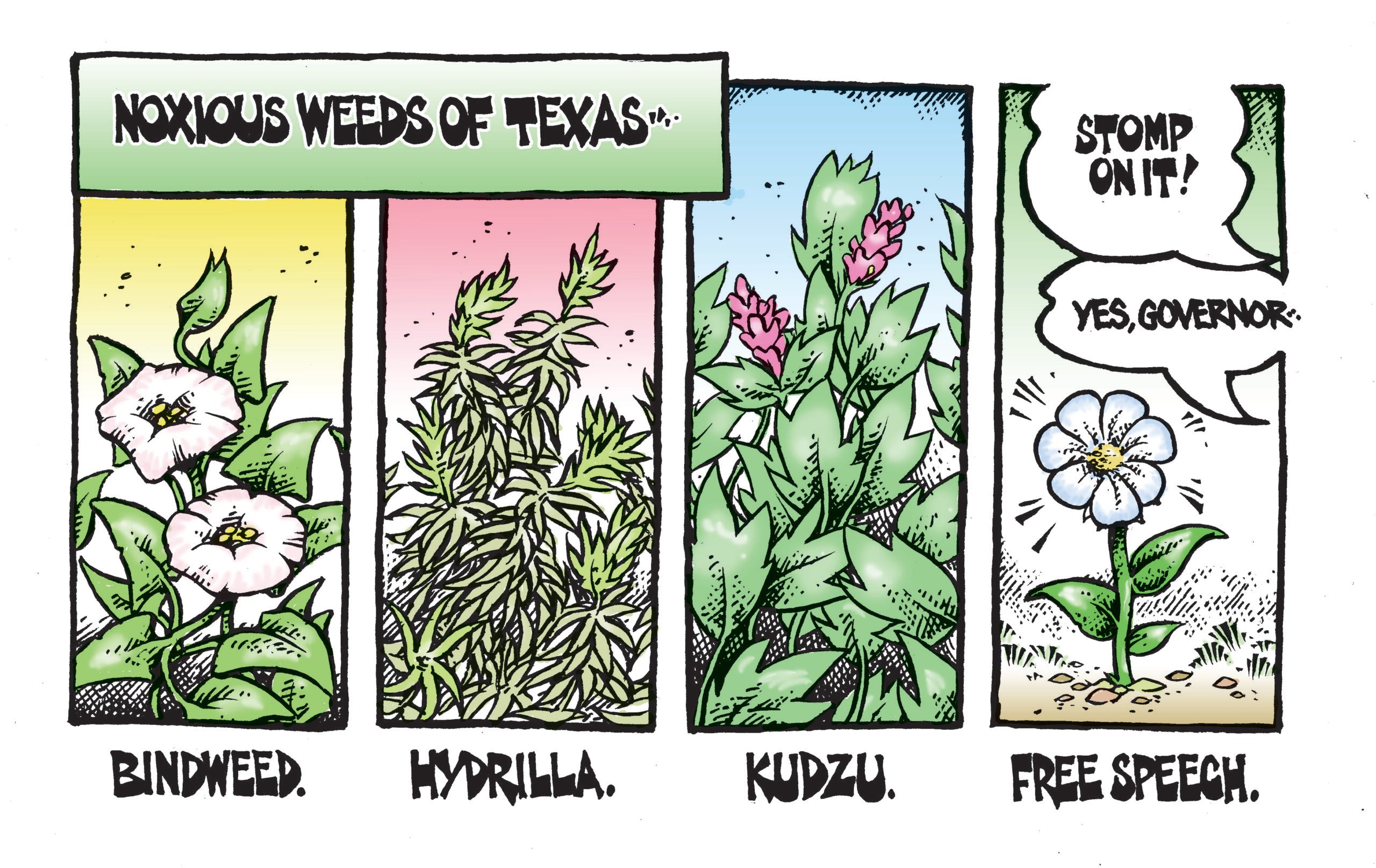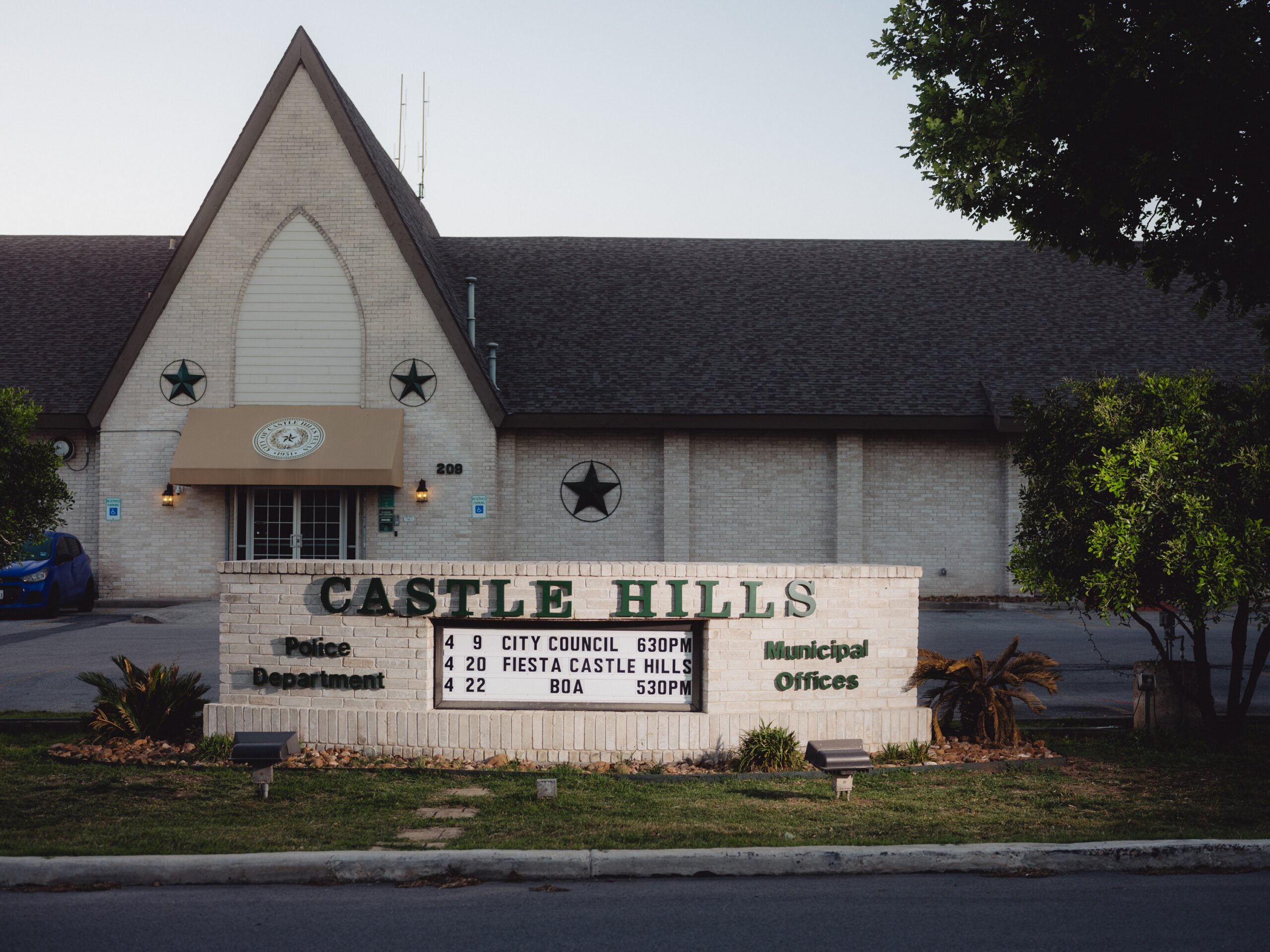ustxtxb_obs_1966_06_10_50_00010-00000_000.pdf
Page 12
It’s good to get home… after a day of hard work or hard play. And it’s pleasant to relax with cool, refreshing beer. In fact, 65 % of all the beer produced in this country is enjoyed at home. It cheers your taste as it renews your zest. So, make yourself at home .. . with beer. UNITED STATES BREWERS ASSOCIATION, INC. 905 International Life Bldg., Austin 1, Texas the available water at a rate which is alarming. At the end of the 1930’s, the dust bowl of the Panhandle was transformed into rich farmland by tapping underground water from the Ogallala Aquifer. Those who had stayed on after the funeral of dryland farming . discovered that just a few years’ crops could pay for their wells, and as the rich soil and the rich deposits of water were’ expended on high-yield crops like cotton, the prophets of a dry day became prophets without honor. At the end of the 1950’s, some of the people on the Caprock began thinking about what might happen. A suit was brought to establish a water depletion allowance, and in the trial of that suit in Lubbock, witness after witness took the stand to give estimates of when the water would run out. The depletion allowance was granted. By 1985 at the latest, the development board predicts, the amount of water used each year for irrigation on the plains will exceed the amount left underground in the Ogallala. Last week, the Observer went to Dr. John Stockton, the director of the Bureau 10 The Texas Observer of Business Research of the University of Texas at Austin, and asked him about the prospects for this area. Dr. Stockton says that he agrees with the development board’s estimates of what can be done. Specifically, this includes the negotiation of contracts to bring water to West Texas from out-of-state, to investigate the recharge of the Ogallala formation, and to look into the development of storage facilities from the playa lakes the giant mudpuddles which dot the plains, appearing with each rain and drying up a few days later. Dr. Stockton suggested that rainmaking, which the board didn’t mention, is another possibility, and so are desalinization of seawater for the coastal crescent and shipment of fresh water from the Texas basins up the Caprock to the Plains. The board says it has rejected this last idea because there isn’t enough fresh water for everybody and because the plains farmers couldn’t pay the $168 per acre foot that water pumped 3,000 feet up to the plains would cost. Stockton describes the residents of the Plains and Panhandle as -ostriches who stick their heads in the Ogallala whenever anyone mentions 1980. He recalls the fight in the ’50’s against Lake Meredith on the Canadian River, which now is a major water supply for cities as far south of Amarillo as Lamesa. He compares the water boom to the saga of Virginia City and its silver mining: “Once it got started, it became so fabulous that the parallel between these cities up there and Virginia City is perfect. It’s a mining boom. Of course, Virginia City has redeveloped through tourism, and the Mesabi Range has taconite mining now. “But West Texas . . . there are people there who can already see the sand piling up over those buildings in Lubbock and Midland, although it would take a lot of sand. But it could happen.” Dr. Stockton says’ that what water is left should be reserved for city purposes, adding, “if I was a landowner I’d fight it to the end.” The cities, then, would work, starting now, to free themselves from dependence on farm supply services and the weekend shopping of farmers. “They should build Texas Tech up as a great research center,” Stockton said, agreeing that a medical school there probably wouldn’t be a bad idea. “We don’t have an example of a big modern city. one as big as Lubbockwhich has gone back into the desert, but it could happen.” The economist sees hopes in developments such as the new Litton Industries plant at Lubbock and the Timex factory at Abilene. Electronics plants such as these require little more water than what their employes drink and could undergird the area’s economy as it shifts away from farming, he says. Such a change in a region’s thinking is unlikely to come quickly or easily, and Stockton forecasts that the shift will be quiet, gathering speed as the cost of irrigation water becomes higher and higher in the late ’70’s. The basin hearings will end in August in Lubbock, and the Lubbock session doubtless will be the most troublesome of all for the development board. Already, the board and the water rights commission have scheduled a meeting in that city next Friday, and the skeleton plan is to be explained once more. It is possible that West Texas will be reluctant to join next November in approving the constitutional amendment which will double the water development bond’ pool to $400 million. Last week, the governor showed the plan to the legislators at a meeting in Austin, and the reactions were unsurprising. The legislators from the Valley were pleased because the plan will rescue about 174,000 acres of irrigated land which would have been lost because of the court decision on water rights below Falcon Dam. Moore reported East Texas to be less unhappy than he expected. But for the rest of the state, the attitude of the legislators was waitand-see: wait to see the cost sheets, the engineering feasibility studies, the tables or reservoir yields, the word on the tax problem. L.L.


